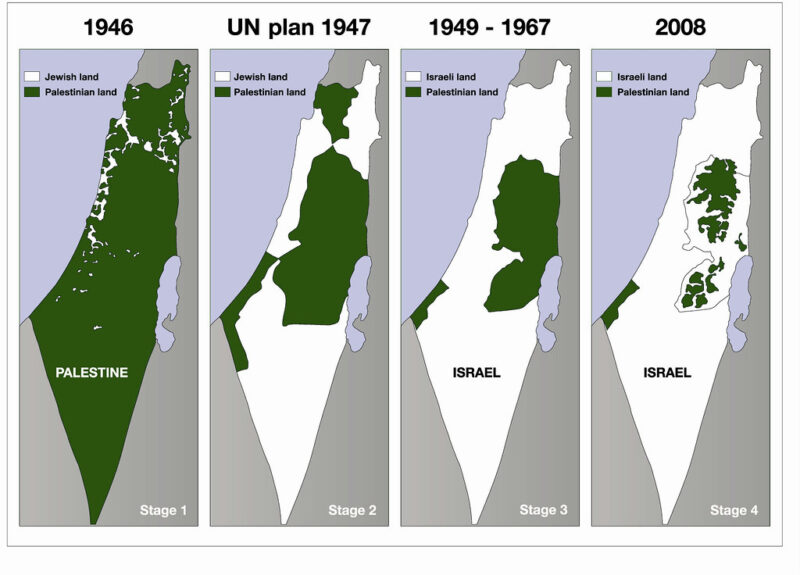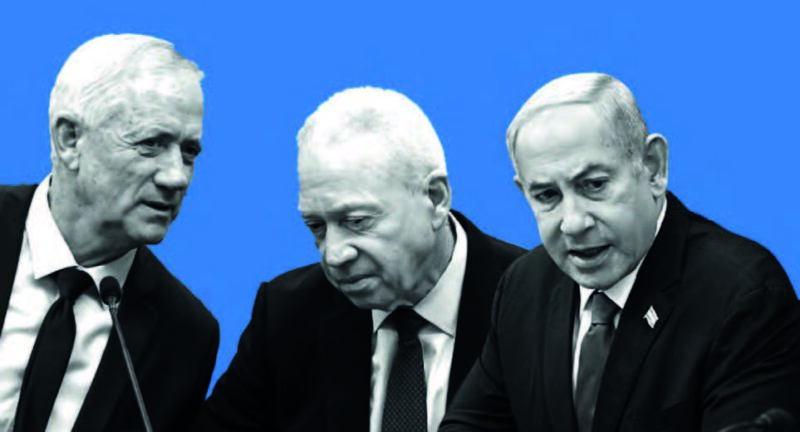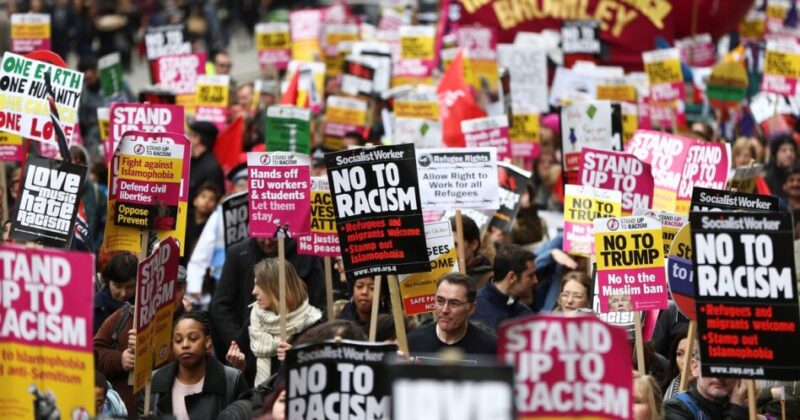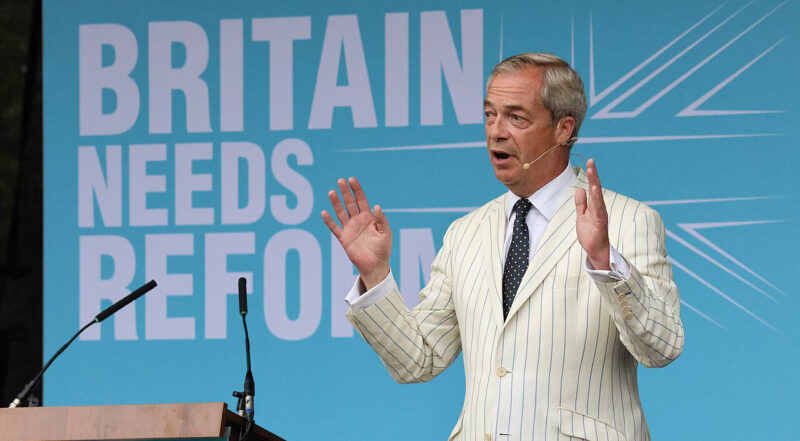South African miners rock the ANC
 Mineworkers are striking for a living wage in the face of repression from the ANC government, writes Keith Spencer
Mineworkers are striking for a living wage in the face of repression from the ANC government, writes Keith Spencer
Over the last two months South African miners have halted gold and platinum production in a series of militant wildcat strikes. These strikes are spreading, but the struggle has cost 48 lives, mainly among the strikers.
With the world recession deepening its effect on South Africa’s economy – Moody’s has just downgraded its credit rating and predictions of GDP growth continue to fall – the country is headed for class struggles that could reach revolutionary proportions.
And so dependent is the world economy on South African gold and platinum, that this could have global repercussions.
A wave of struggle
Workers are demanding wage increases of up to 16,000 rand (about £1,200) a month following the victory of the Marikana strike last month.
AngloGold Ashanti, the country’s biggest bullion producer, has seen a walkout of 35,000 miners. Gold Fields has shut down as 24,000 of its workers walked out. At Anglo American group subsidiary Kumba Iron Ore, 300 strikers blockaded the giant mine at Sishen in Northern Cape province. All of these strikes are illegal under South Africa’s still extremely restrictive labour laws.
Discontent is spreading to other sectors, with 20,000 truck drivers on a two-week official strike over pay. Shell is no longer able to fulfil its petrol supply contracts and the transport union involved, SATAWU, has announced that it will call out rail and port workers in mid-October, potentially crippling coal and other mineral exports.
On 5 October the world’s biggest platinum producer, Anglo American Platinum (Amplats), sacked 12,000 striking miners, after three weeks of wildcat strikes by 28,000 workers had cost it £51m in lost revenue. These strikes have reduced global platinum production, pushing the market price of platinum to a five-month high of about £1,000 an ounce, more than the value of a mineworker’s monthly wages.
Heavily armed police have attacked picketing miners and outlawed their marches, using rubber bullets and water cannon in clashes in which one worker has been killed so far.
But workers fought back with the use of flying columns of strikers, bringing out different mines on strike and closing a fifth of them at any one time.
Amplats’ action in sacking such a huge part of its workforce is clearly aimed at holding the line for all mine owners, against widespread demands for improvements in pay and working conditions to a common decency level following the victory of the Marikana strike. It is a risky strategy.
Marikana victory
Miners at the Marikana platinum mine won a pay rise of 22 per cent, raising wages to about £900 a month.
Zolisa Bodlani, a worker’s leader at the mine, told Reuters: “It’s a huge achievement. No union has achieved a 22 per cent increase before.”
The Marikana miners faced the total intransigence of their employers, backed by the armed might of the South African state. Thirty-four miners were shot dead by the police on 16 August. Then more than 200 of them were arrested and charged with responsibility for their colleagues’ deaths under the Apartheid-era “common purpose” laws. Only a national and international outcry forced the government to release them.
But still not one policeman has been charged for the murders.
Meanwhile, the ANC government has reacted to the current strikes by sending in more troops. Last month, President Jacob Zuma told parliament in Cape Town that the government would crack down on anybody stirring up trouble. “It is not just the miners striking. It is also some people of some description who are going there to instigate miners. We are going to be acting very soon.”
Zuma imposed martial law and authorised the deployment of soldiers alongside the South African Police in the mining areas. He plainly intends to defeat the miners on behalf of the mine companies.
And despite formal government regrets over the Marikana massacre, the killings of workers continues. Police killed a miner with rubber bullets at a demonstration, and another was killed when he was run over by an armoured car.
ANC betrayal
Despite the pledges of three ANC presidents since the fall of Apartheid, little has been done to improve the lives of millions of black workers. The World Bank reported in July that:
• Unemployment stands at around 33 per cent.
• The top 10 per cent of the population receives 58 per cent of the income.
• The poorest half of the population receives only 8 per cent of the income.
• The Gini co-efficient, a global measure of inequality, stands at 0.7 – one of the highest in the world and higher than it was under Apartheid (0.66).
The much talked about “black empowerment” has meant the empowerment and enrichment of an ANC-connected elite and their business cronies. The old white elite has held onto their incomes, their farms and investments. And the ANC has become the darling of the neo-liberals at the World Bank, the International Monetary Fund (IMF) and the Organisation for Economic Co-operation and Development (OECD), as it handed South Africa over to the fat cats at the head of the multinationals.
Anglo American head Cynthia Carroll earned £2.2m last year, and Ian Farmer, who heads Marikana’s owners Lonmin, took home £1.2m. Meanwhile their employees work in dangerous conditions and are being killed by the police for demanding £1,000 a month.
Corruption of the unions
But serving the billionaires in London and New York are the bureaucrats of the ANC and the Congress of South African Trade Unions (Cosatu), many of whom have done well out of their newly-found connections.
For example, Cyril Ramaphosa was the leader of the National Union of Mineworkers (NUM) in the late 1980s, when it led 300,000 workers on strike under the Apartheid regime. Today, he is a multi-millionaire, sits on the ANC’s National Executive Committee, as well as on the board of directors at Lonmin, who paid him £61,000 as a non-executive director last year.
One miner’s leader at Marikana mine told the New York Times: “We made the ANC what it is today, but they have no time for us. Nothing has changed, only the people on top, and they just keep getting more money.”
ANC leaders’ business relations with the bosses also affect the unions. Officials in the once-militant NUM police the union and attack those fighting for better wages. This has led to a split, with the Association of Mine Workers and Construction Union (AMCU) taking a leading part in the Marikana strike.
So bitter was the dispute in the mines between the unions that the NUM tried to blame the AMCU for the massacre. It was the militant opposition to the bosses by the AMCU that forced Lonmin to agree to a deal that satisfied both unions.
Former ANC youth leader Julius Malema visited the strikers and made speeches in their support. He has defended them from vilification and attacked the role of the ANC in selling out the promises it made before the downfall of Apartheid.
But his motives are basically to oust Zuma and his cronies within the ANC. Were he to succeed there can be little doubt that he would defend capitalist exploitation and succumb to corruption as Zuma did before him.
In fact the records of betrayals and corruption are a natural result of the whole strategy of the ANC and its inspirers the South African Communist Party. Its Stalinist theory dictated an extended stage of capitalism after the end of Apartheid. Meanwhile the workers would have to be patient. The ANC governments under Nelson Mandela, Thabo Mbeki and Jacob Zuma carried out this programme to the hilt.
It meant workers had to work for the same bosses at the same pitiful wages while the natural riches of the country flowed abroad or at best into the pockets of a few South African middlemen. Whether these were black or white doesn’t really make that much difference. Agricultural land remains largely in the hands of those who stole it a hundred years ago.
Housing, education and medical facilities improved at a snail’s pace for shantytowns dwellers. The miners still suffered under a brutal regime in the mines for pitifully low wages. Yet it was the workers in the townships and the mines who waged the revolutionary struggle that eventually brought down Apartheid. They were robbed of the fruit of their victory.
Twenty years on, this new miners’ uprising holds the potential to right this wrong, and complete the South African revolution.
But this time it needs to be rooted in Leon Trotsky’s strategy of permanent revolution This means starting from the struggle for today’s burning necessities (a living wage, a decent house, schools and clinic etc.) but goes on to deal with the unburied corpse of Apartheid in terms of inequality and reactionary labour laws, taking the road of workers’ control of production and poses the anti-capitalist measures that will lay the foundations of socialism.
That is why the task of building a revolutionary party in South Africa is an urgent one. The workers and the poor in South Africa need a party that is made up of the trade unionists who are leading the mining strikes. This party it needs workers from industry and the land and the networks of community activists and the anti-privatisation forums, it needs the unemployed youth of the townships and the students from schools and colleges. If all these forces come together now to support the miners and transport workers then the foundations of such a party can be laid in the months and years ahead.






